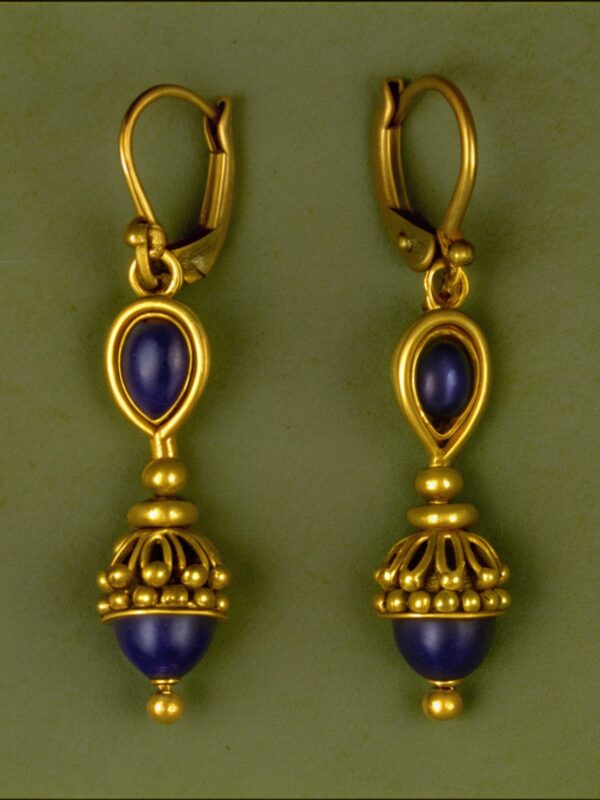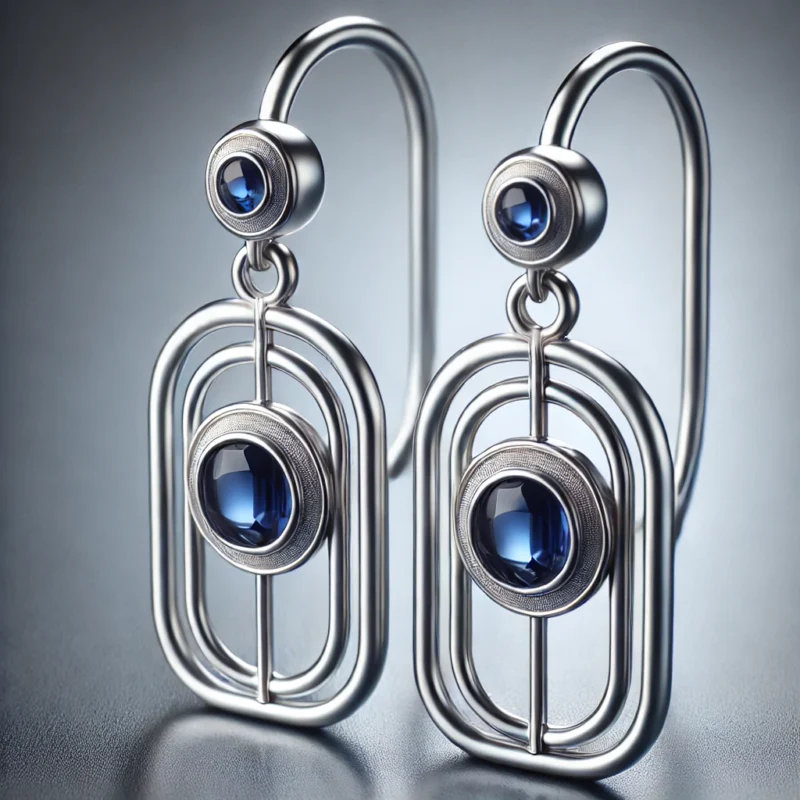The allure of 19th-century jewelry lies in its combination of romanticism, symbolism, and a dedication to intricate craftsmanship. This era, heavily influenced by social changes and the reign of Queen Victoria, saw the rise of sentimentalism in design. Jewelry wasn’t just ornamental; it conveyed emotions, held secret meanings, and became a canvas for personal expression. From brooches with concealed messages to bracelets decorated with motifs representing love and faith, each piece told its own story. By exploring this historic era through artificial intelligence, we can reinterpret these iconic designs and blend past elegance with modern styles to craft unique, contemporary jewelry
The Legacy of the 19th Century
In the 19th century, jewelry was all about conveying personal messages and emotions. Victorian pieces, for instance, often used gemstones and symbols to represent themes of love, friendship, and remembrance. Lockets with hair, engraved rings, and brooches with motifs like hearts and anchors were all popular ways people could carry memories and meanings with them.
This era also prioritized intricate details, with techniques like engraving and contrasting gold tones used to highlight each piece’s unique features. Stones like turquoise, garnet, and amethyst were in vogue, adding vibrant color to meaningful designs. By analyzing these elements, AI doesn’t just preserve this style but opens up ways to reimagine it for modern tastes.
Artificial Intelligence as a Modern Designer
To bring the essence of 19th-century jewelry into a modern context, I use two AI tools: Recraft.ai and ChatGPT. Each plays a specific role in translating historical inspiration into fresh, wearable designs.
Recraft.ai’s strength is in visual accuracy. By focusing on essential elements like floral patterns, Gothic shapes, and intricate metalwork, it can produce high-quality images that stay true to the period’s craftsmanship. This lets me recreate original designs with accuracy and realism, capturing the full essence of historical jewelry.
Then ChatGPT helps refine these creations by crafting prompts that instruct Recraft.ai on how to update these elements for a more modern look. For example, prompts can adjust colors, introduce minimalistic shapes, or suggest contemporary materials like platinum or mixed metals. ChatGPT’s prompts guide Recraft.ai to maintain the classic appeal while transforming the designs to suit today’s aesthetic preferences. It’s a synergy that keeps the best of 19th-century design alive in a way that resonates with a modern audience.
Transforming the Historical into the Contemporary







Similarly, I used it to reimagine a pair of 18th-century diamond clusters that were initially buttons but are often seen in brooches and rings. By adjusting these details in ChatGPT, I can direct Recraft.ai to retain the floral style of the original while transforming it into a simpler, updated look.






Brooches (on the right) from the mid-1800s with delicate detailing are another great example. Recraft.ai begins with a historically version, and then with prompts like “simplify this design with geometric lines in rose gold,” I can create a piece that feels current but maintains a classic touch.








For demi-parure sets (matching jewelry sets), AI achieves an impressive level of historical accuracy. Starting with a traditional style, ChatGPT’s prompts introduce minimalist forms, white gold or platinum materials, and contrasting gemstones. This process lets me create pieces that have vintage charm but are perfectly suited to modern tastes.
A final example is a set of gold earrings with lapis lazuli from around 1870. Recraft.ai first produces a version that mirrors the historical style, then, with prompt adjustments, we transform it into a streamlined, minimalist piece that feels right at home in today’s jewelry trends










Exploring 19th-century jewelry with AI has let me bridge centuries, blending antique sophistication with contemporary aesthetics. Recraft.ai meticulously reimagines vintage designs with accurate details, while ChatGPT shapes those ideas into prompts that help modernize and refine each piece.


The result is jewelry that carries the essence of the 19th century but speaks directly to today’s audience. This AI-driven approach opens new doors for reinterpreting timeless designs for those who love a blend of history and modern style.
Whether it’s a minimalist take on a Gothic brooch or a streamlined version of a Victorian cluster ring, this process showcases how AI can keep the beauty of classic jewelry alive for new generations. Each piece is a small testament to the creativity and innovation that AI brings to jewelry design, keeping classic styles fresh and relevant.




